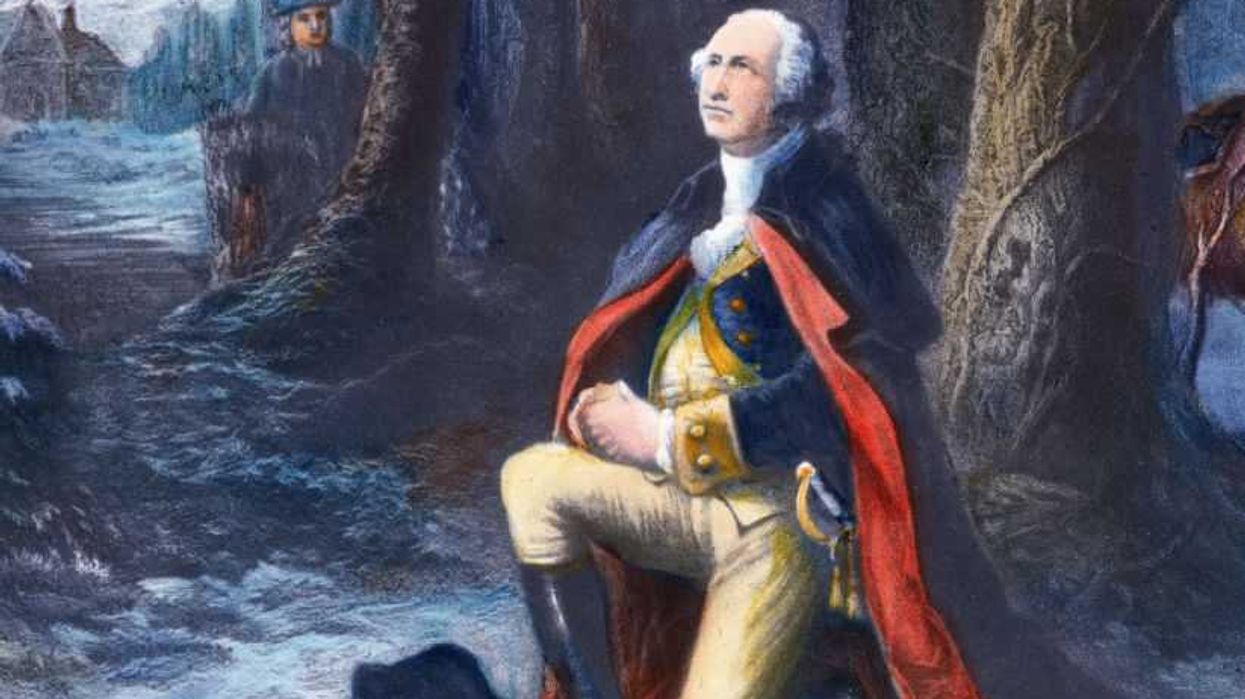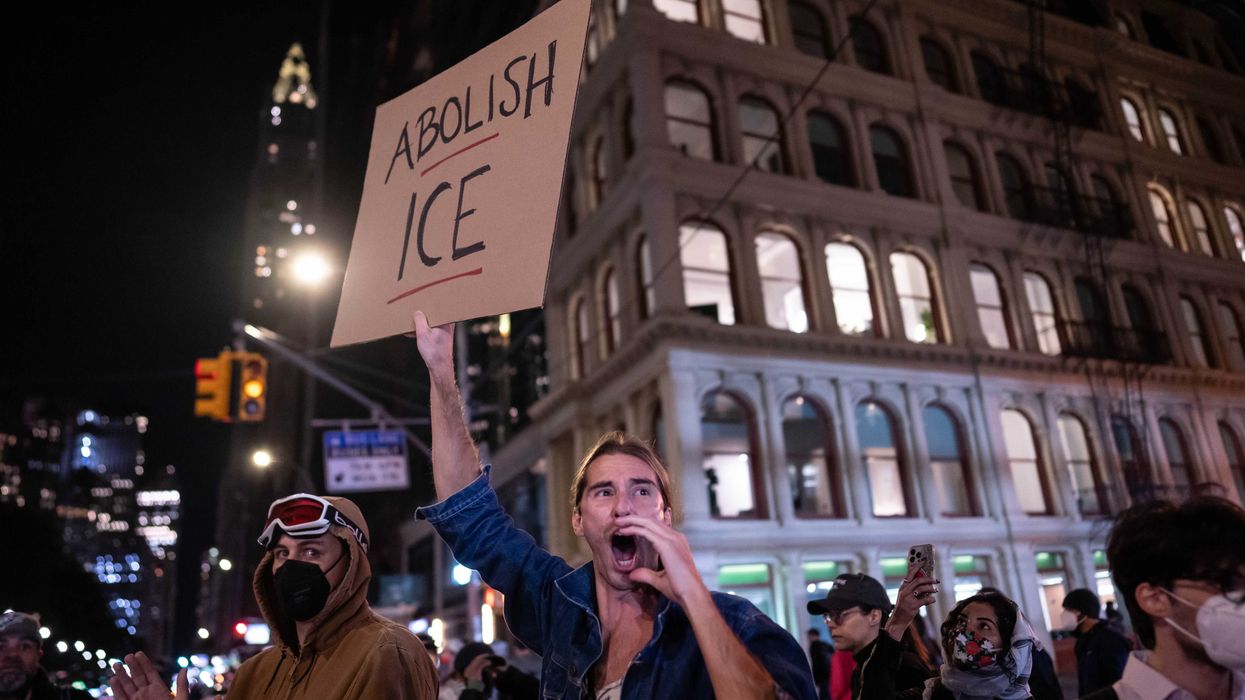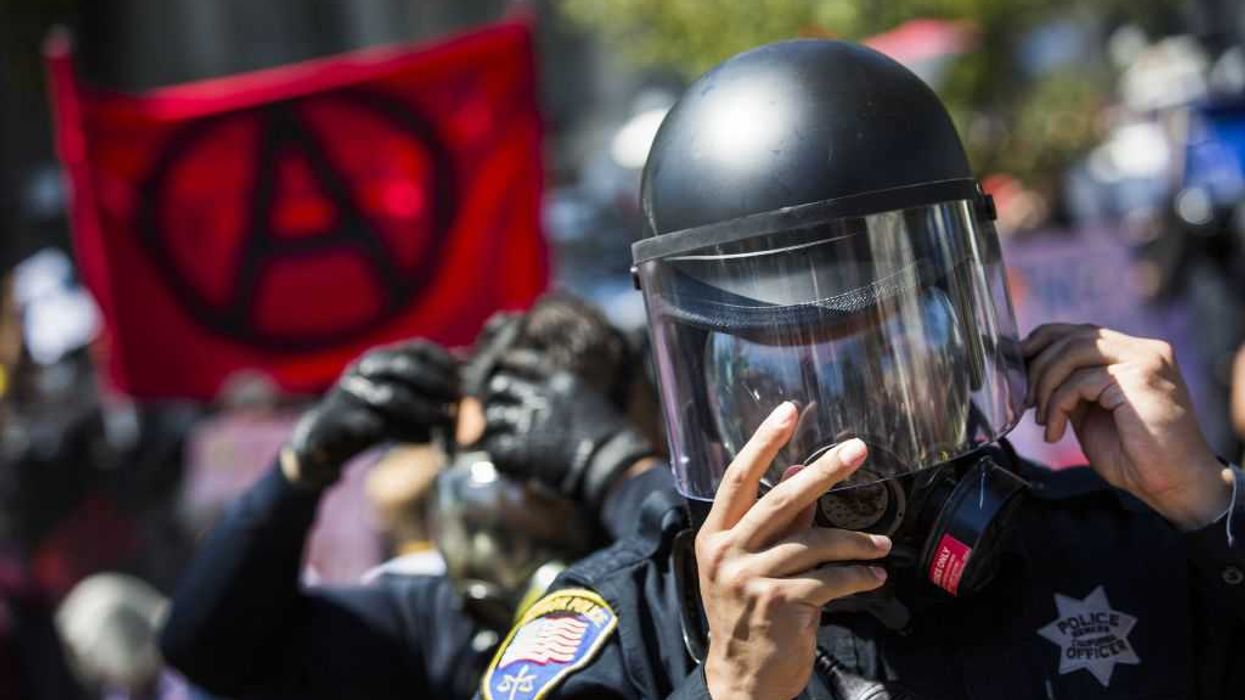This November, Arizona voters will decide whether the state's parents should get to choose what education is best for their children. Arizona has long been working to give parents this choice. In 2011, it became the first state to implement Education Savings Accounts (ESAs) for select families, to help them attain academic excellence. Just last year, the Grand Canyon State became the first state to make ESAs available to all families. This year, however, Arizona voters will be voting on a ballot referendum to decide whether the ESA expansion will continue.
Millennials could play a significant role in making that decision. Not only are millennials a considerable voting bloc, they are also becoming parents. When it comes to their children's education, Millennials know what they want: school choice.
And they have good reason.
With ESAs, parents can decide to enroll their children in online classes, private school, community college, or homeschool—whatever they feel is best—without fearing that they will be unable to afford these choices. When a parent withdraws a child from public school, ESAs allow parents to use a government-issued debit card to use the child's public, per-pupil funding to cover authorized educational costs such as tuition for online classes, private schools or community colleges, or homeschool curricula.
Other forms of school choice offer similar benefits. Charter schools for example, are established by independent innovators but receive public funding in return for reporting and accountability requirements. Similarly, voucher programs allow parents to use a portion of their child's public per-pupil funding to help cover the cost of tuition at a preferred private school.
These programs are truly improving student performance.
These programs are truly improving student performance.
In Milwaukee, school choice students are more likely to enroll in college and remain in college than their public school peers, according to a study by the Urban Institute. Students in Florida's program are more likely to enroll in college than their peers by almost 15 percent, according to the Urban Institute, and in Washington, D.C., the U.S. Department of Education found that school choice vouchers improved reading levels by an equivalent of 3.1 months of learning when compared to public school reading levels.
Unlike the school choice programs in Milwaukee, Florida, and DC, which are available only to qualifying disadvantaged and minority students, New Orleans' program is available to everyone. Since the program's birth in the wake of Hurricane Katrina, average student performance improved by 15 points, according to the Education Research Alliance, and African-American students are now outperforming their peers in statewide assessments and graduation rates, according to New Schools for New Orleans.
School choice is also improving academic performance abroad. The Programme for International Student Assessment (PISA) tests 15-year olds around the world in science, mathematics, and reading every three years. According to data from PISA 2015 and EdChoice, 70 percent of the countries that outperformed the United States in reading offer school choice programs. The same is true for 65 percent of countries who outperformed the U.S. in science, and for 57 percent of countries who outperformed us in mathematics.
It's no surprise, then, that school choice programs are popular in the U.S. A 2017 Beck Research survey found that 68 percent of Americans support school choice programs.
Support among millennials is even more robust. The Beck survey found that three-quarters of millennials favored school choice.
Critics, however, condemn choice programs for reducing academic performance and for promoting segregation.
Some studies find that school choice programs reduce academic performance because they do not offer real choice. The The Organization for Economic Cooperation and Development (OECD) studied 72 countries and concluded that regulatory barriers preventing schools from offering different perspectives, curricula, or teaching styles, render choice meaningless.
The Education Research Alliance study in New Orleans echoed these findings, noting that school leaders there believed a critical reason for their success was the system's flexibility, especially in personnel management, allowing leaders to hire and fire teachers as they felt best, free from state constraints and union contracts.
Absent the flexibility underpinning school choice, we should not expect to see its advantages.
Absent the flexibility underpinning school choice, we should not expect to see its advantages.
As for segregation, the liberal-leaning Brookings Institution found that school choice programs are more likely to be located in areas with greater need. Therefore, the appearance of segregation is no surprise. Brookings suggested a better measure of segregation is to compare changes in community demographics over time to changes in school demographics. Using this measure, Brookings found no meaningful relationship between segregation and school choice.
Even in New Orleans' universal school choice systems, where critics claimed that selective schools would pick high-achieving students and leave disadvantaged and minority students behind, Brookings found no increases in segregation, and 71 percent of students, including disadvantaged and minority students, were accepted into their first choice schools.
Millennial parents can expand on these developments. They care deeply about diversity. In employment, they look for companies that practice diversity, and they shop with brands that reflect their values, even when cheaper or more convenient brands are available. As schools compete for our dollars they will be rewarded for reflecting our values, driving them and their competitors to similarly pursue diversity and excellence.
Millennials certainly don't have all of the answers, but with school choice they do see an opportunity to do better for their children than the status quo did for us. Now it's up to voters and our politicians to help us take it.

 Harold M. Lambert / Contributor | Getty Images
Harold M. Lambert / Contributor | Getty Images
 Adam Gray / Stringer | Getty Images
Adam Gray / Stringer | Getty Images Anadolu / Contributor | Getty Images
Anadolu / Contributor | Getty Images Brandon Bell / Staff | Getty Images
Brandon Bell / Staff | Getty Images